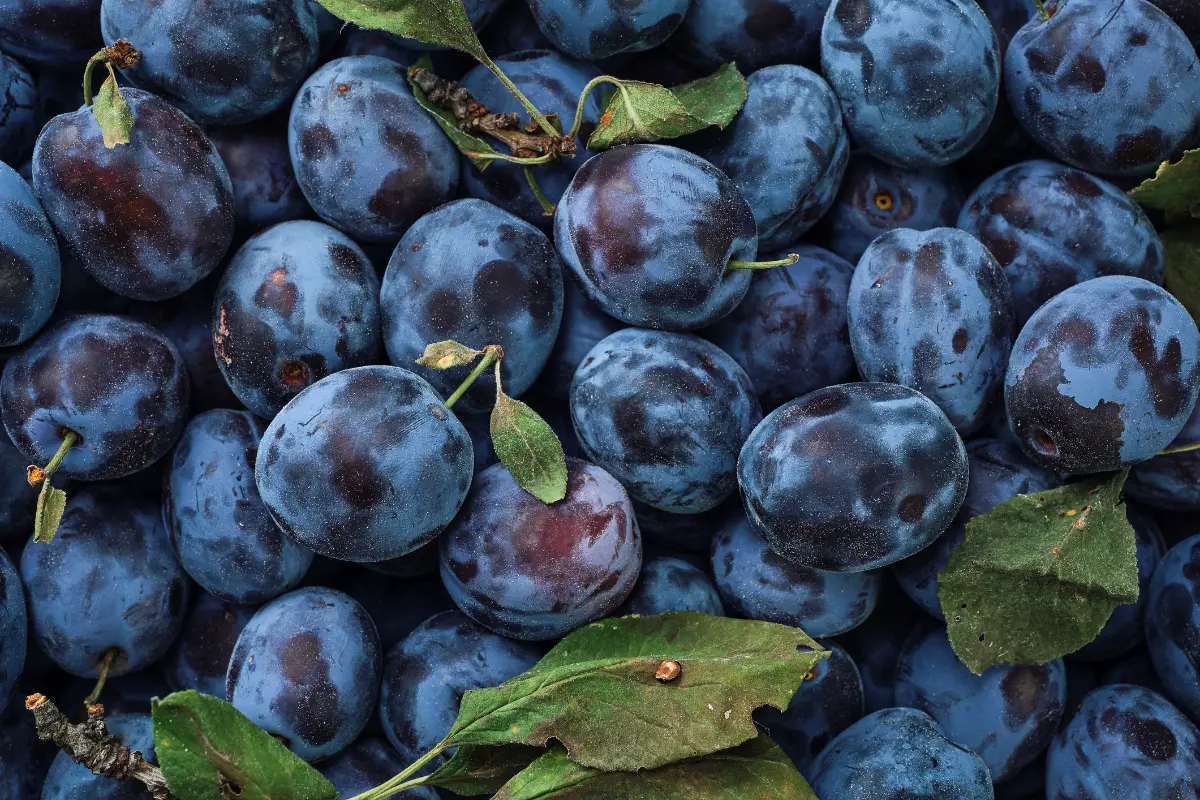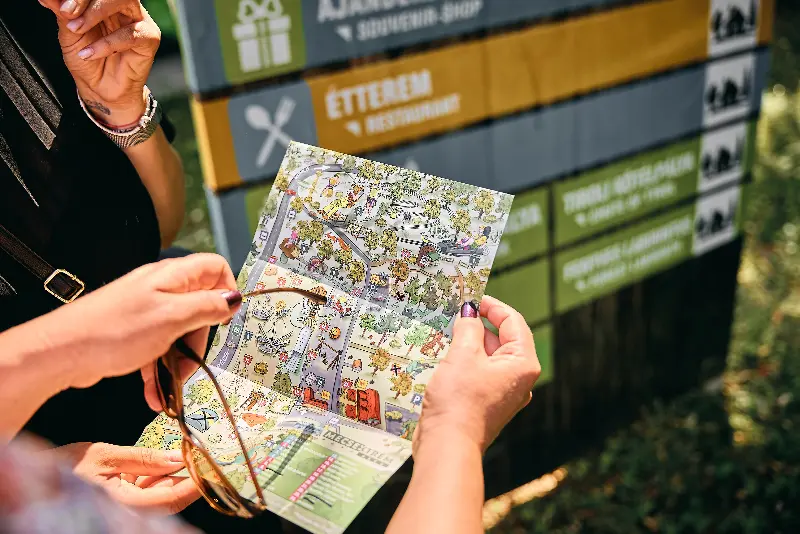
Helyszín címkék:
Adam's apples, fruits of fairy gardens
Szabó Sára
You can only preserve what you know.
The roots of spirituality
"The fairy garden is, above all, a spiritual community. You can only preserve what you know. That is why it is important not only to look at the trees, but to experience the connection with them"
says forester Gyula Kovács, the founder of the Fairy Gardens movement, who preserves more than 3,500 old Hungarian fruit varieties in Pórszombat. He started his work in the 1980s, and since then, more than two hundred fairy gardens can be found in all regions of the Carpathian Basin. According to him, a fairy garden is not a museum, but a living heritage, in which fruit trees are not mere memories, but parts of everyday life.
There are no chemicals or pruning shears in the Kovács' garden – the trees grow according to the order of nature, rooted deep and growing tall. The varieties preserved here are not only treasures of the past, but also safeguards for the future, as these old trees are excellently adapted to the challenges of a changing climate. “The knowledge of our ancestors is not an outdated memory, but living knowledge. Every tree tells a story,” says the forester.
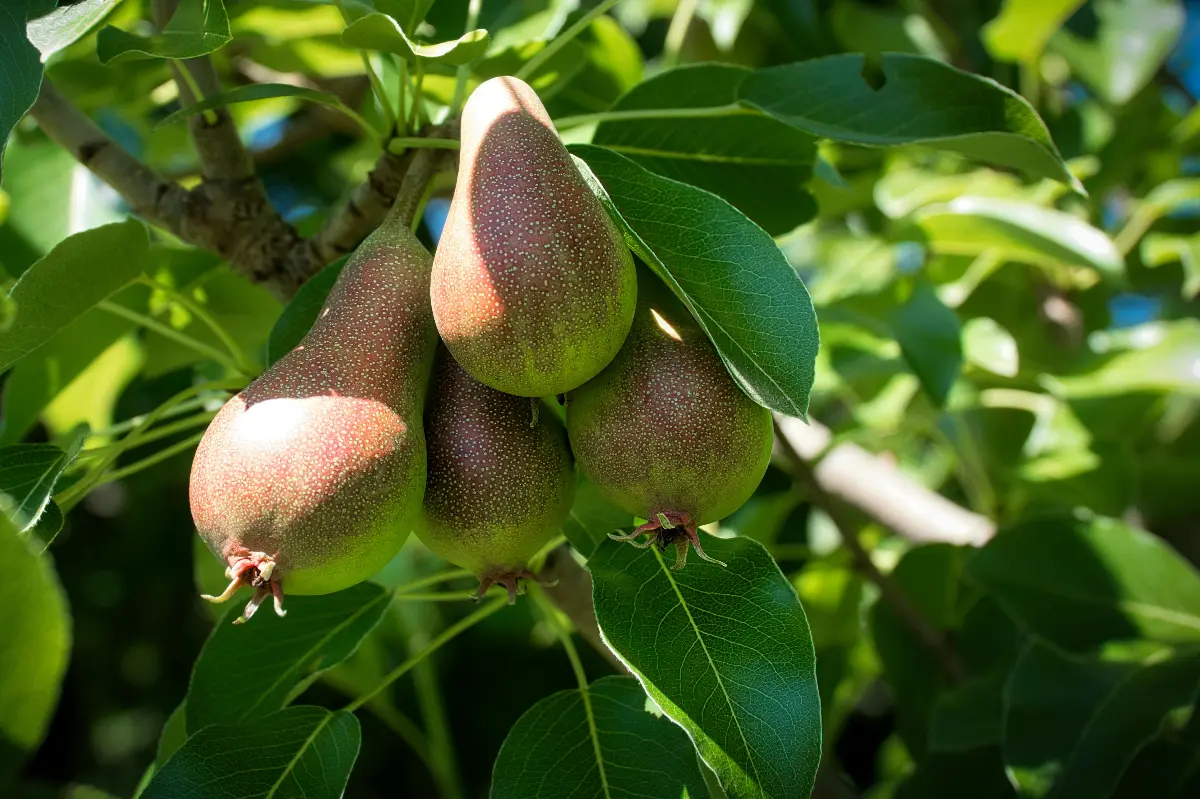
Gardens on the map
The centre of the movement in Hungary is located in Pórszombat, the heart of Göcsej, but the initiative extends far beyond the village. One of the best known is the country's first fairy garden: the Viszák Garden in Őrség, created by the actor József Szarvas. Here, you find forty native fruit tree species. They also offer theatrical performances and community programmes.
You can also find fairy gardens in the region of Gömör, but it is important to emphasize that these gardens are primarily private initiatives, so most of them are not open to the public. After prior registration, curious travellers are welcomed in many places, especially if they want to learn and get involved.
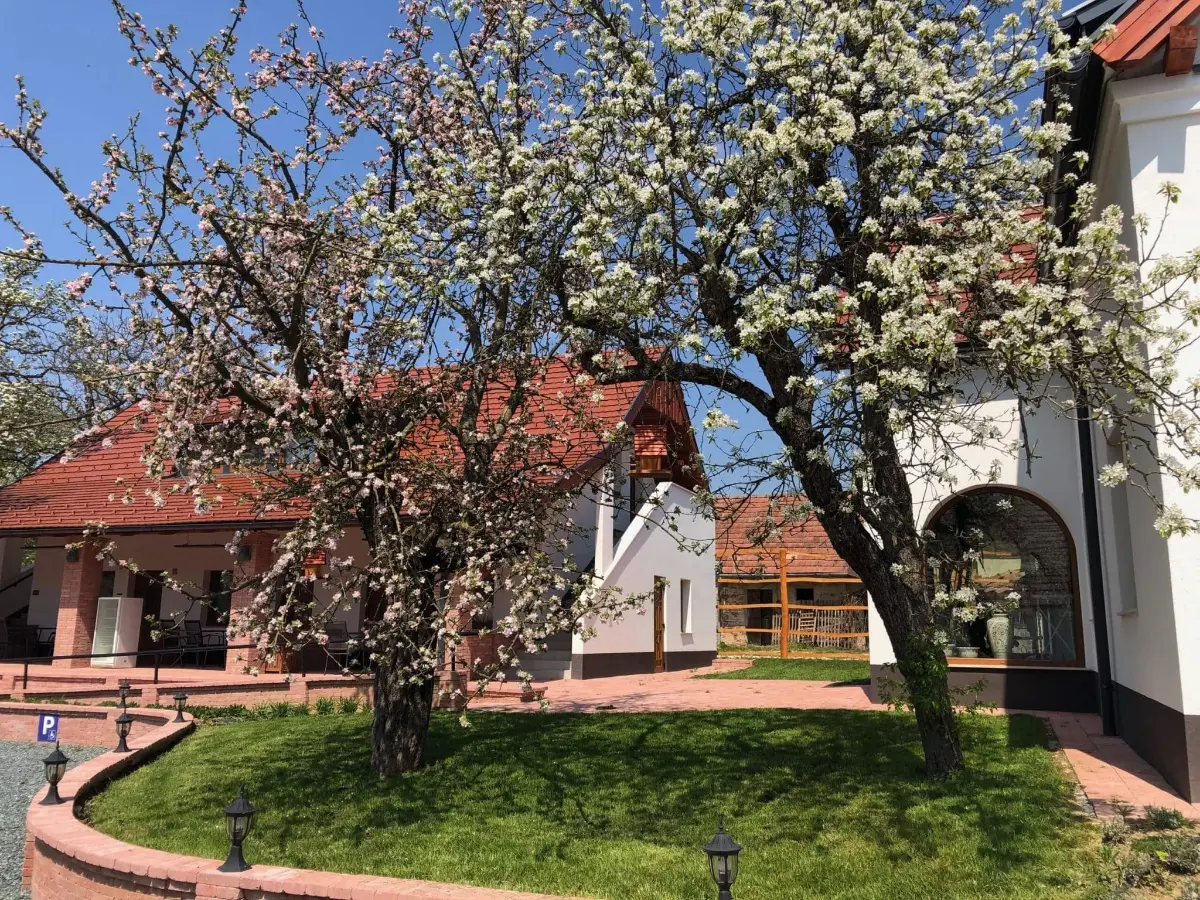
Sándor Petőfi and traditional vinegar making
Fairy gardens not only hide botanical rarities, but also literary and historical relics. You can take as an example the pear tree under which Sándor Petőfi wrote his last poem before Segesvár, or the variety that Elek Benedek saved for posterity. Miklós Zrínyi also wrote in his letters that he distributed his fruit trees among his serfs – the spirit of fairy gardens evokes precisely this knowledge.
In addition to the trees, there is also the revival of fruit culture: dried fruits, distillates, and traditional vinegar making. Gyula Kovács tells us about it this way:
"In the past, cider vinegar was not only a seasoning, but also a medicine. We are making it again the same way our ancestors did, and it works again. What was good in the past is still good today."
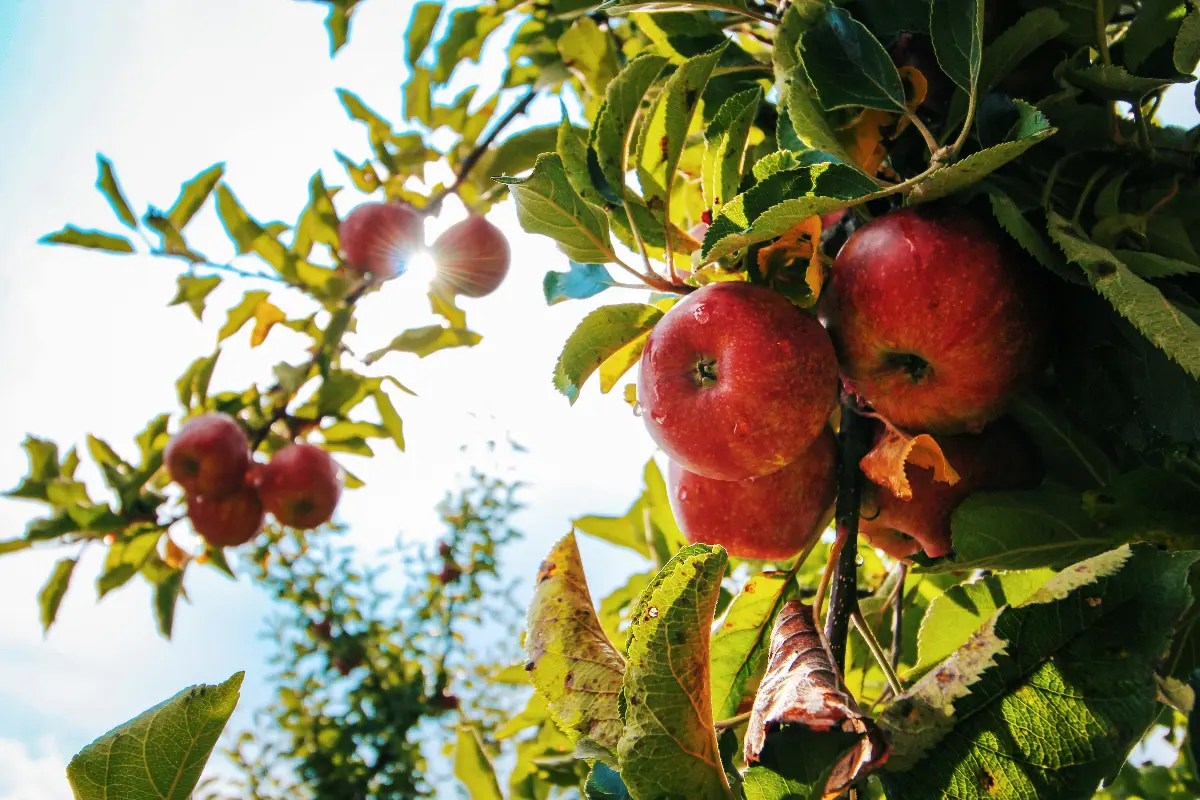
The power lies in the community
The essence of fairy gardens is not only in the diversity of varieties. As a guest teacher, Gyula regularly teaches schoolchildren to graft fruit trees, and the experience is a lasting one: the children receive a small graft with their own name, which they can grow at home. “When a child grafts a tree, it is more than learning – it is creation,” says the forester.
The fairy garden is therefore aimed at those who love fruits and nature, but also at those who would like to get closer to the knowledge and world in which everyday life is closely intertwined with nature.
The fairy garden movement says that our heritage does not live on in glass cases, but in everyday life, when a tree blooms, bears fruit, and when someone learns how to give new life to a branch. As Gyula Kovács says:
“A person who grafts a fruit tree performs a greater deed than a general – because he does not destroy, but builds.”

